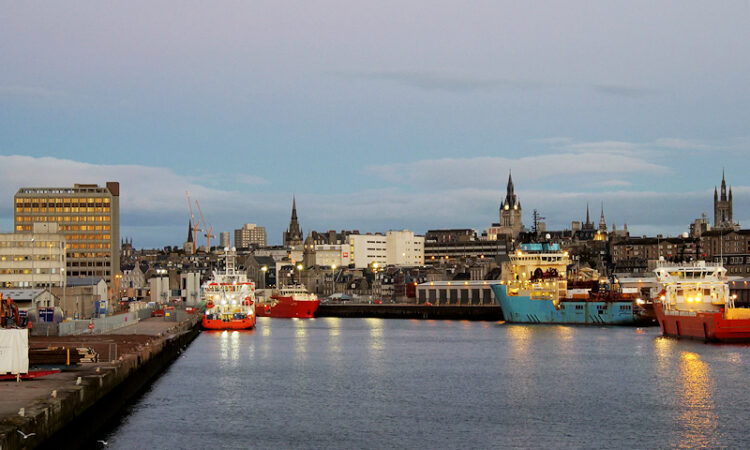
The UK government has announced that the country has cut its emissions by 50% between 1990 and 2022, confirmed by official statistics.
Renewables in the UK now account for more than 40% of the nation’s electricity consumption, marking a 33% rise from the 7% they represented in 2010.
The UK government also mentioned that in the same period of 1990 to 2022, the country’s economy grew by 79%, supported by the growth of a renewable energy industry.
The UK’s 50% emissions reduction statistic from 2022 compares with a 23% reduction in France and zero change in the US as of 2021.
These reductions are primarily the result of cutting emissions from energy generation through a shift from coal to renewables. For example, in 2012, coal provided almost 40% of UK electricity, which is expected to become zero later in 2024.
The figure also marks the country’s third carbon budget overachieved, having successfully surpassed expectations on the first and second budgets.
Despite rises in some sectors from 2021 levels, as the UK continued to recover from COVID-19, 2022 saw an overall fall in greenhouse gas emissions in the UK – with a decrease of 3.5% from 2021 and 9.3% lower when compared to 2019, the most recent pre-pandemic year.
The UK plans to cut carbon emissions by 68% by 2030, which is a more ambitious target than that of the EU, Japan or the US.
Energy security secretary Claire Coutinho said: “The UK is the first major economy – of the top 20 countries – to halve its emissions. This is an enormous achievement by itself but also because we have done this in a pragmatic way – growing our economy by 80% at the same time and protecting family finances. We have also increased our renewable electricity generation from just 7% in 2010 to nearly 50% now.”
How did we get here?
Considering the government’s statistics date back to 1990, decades of work have contributed to the 50% reduction in carbon emissions. Over the past few years, however, several record-breaking instances have highlighted the steps being taken to a net zero future.
National Grid ESO confirmed that, in December 2023, wind power generated more renewable electricity than ever before, providing 41.2% of the nation’s electricity overall.
According to the ESO, the high wind levels throughout December meant that 60% of the UK’s electricity came from low-carbon sources, peaking at 87% on 28 December at 14:00.
Moreover, data released in January 2024 by Scottish Renewables reported that renewable technologies produced 113% of Scotland’s electricity demand for the first time in 2022. The data revealed that renewable sources generated 26% more (approximately 35TWh) than the preceding year.
The Microgeneration Certification Scheme (MCS) released data in December 2023 confirming that 2023 was the UK’s “best ever” year for renewable energy and heating installations.
The UK beat the 2022 figures by September 2023, with a total of 220,500 MCS-certified installations having been registered across 2023.
Solar PV was the flagship product for these installations, coming in at 183,022 panels installed, 45,022 more than the 138,000 achieved in 2022.
It is also important to note that at COP28 in Dubai, the UK joined 117 countries in signing a pledge to treble renewables to 11TW by 2030.
This, alongside the fact that the International Energy Agency (IEA) reported that 50% more renewable capacity was added globally in 2023 than in 2022, now totalling at 510GW, suggests that it is not just the UK working to achieve ambitious targets.






